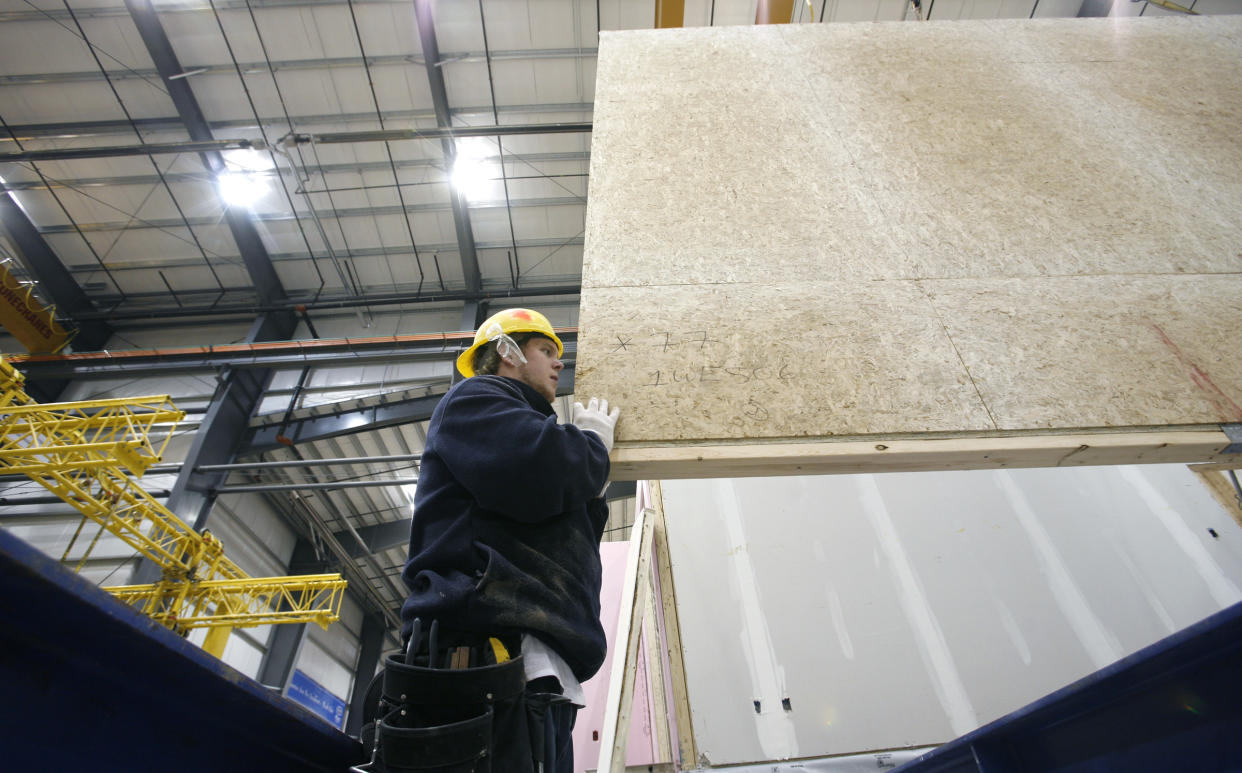New CERB bill is punitive for low-income workers: economist

The federal government says it is working on a solution to extend the Canadian Emergency Relief Benefit (CERB) for the 8.4 million unique applicants relying on it. Prime Minister Justin Trudeau did not give details in a press conference Monday morning, but said there would be more to announce later this week. Before today, the July 4 end date was fast-approaching, prompting concerns for Canadians who may not have a job to return to post-pandemic or for the many workers who have had their hours significantly reduced.
This is not the only concern for the Canadian workforce. Last week, the federal government introduced Bill C-17, a draft federal bill to include additional COVID-19 measures, including amendments to the Canada Emergency Wage Subsidy (CEWS), CERB, and the Income Tax Act. One of the amendments proposes to disqualify workers from CERB if they have refused a ‘reasonable’ job offer or don’t return to their job “when it is reasonable to do so.” Armine Yalnizyan, Canadian economist and Atkinson Fellow on the future of workers, says that this new legislation is punitive for low-income workers. The piece of legislation received first reading last week and failed to secure opposition support to fast-track it. The bill has been stalled as unanimous consent was needed from the opposition parties in a single day.
“The way the draft legislation is phrased, all of the responsibilities and risks are placed on workers to return to work,” Yalnizyan told Yahoo Finance Canada, “Whether work is safe, whether they've got the supports in place to return to work – everything’s on the worker. There’s no responsibility for the employer.”
There are also no penalties to employers for not providing a safe work environment needed for a return to normal, which could include space to impose six-foot distancing measures, plexiglass guards, and the property protective gear to work with the public. Yalnizyan also criticized the ‘labour-on-demand’ trend, where she says employers have significantly scaled back hours, paid rates considerably below pre-COVID levels, and created irregular work schedules.
“They're completely on demand labor. And the people that have the least control are the ones that always had the least control.”
Yalnizyan added that the lack of certainty around employee hours makes it difficult to plan for things like childcare services and challenges like long commutes wouldn’t justify a shorter working shift. If workers decide they cannot return to work for any reason, they are deemed to have ‘quit’ and are not eligible for employment insurance (EI).
Many CERB criticisms were centred around employers struggling to find the workers they needed to get their businesses going again. Yalnizyan says the narrative puts much of the blame on workers and ignores businesses’ failure to provide a proper post-pandemic working environment.
“We're not hearing any of the stories in the media about how employers have cut hours, made hours more erratic, have cut pay, or not providing safe workplaces,” she said.
Another concern during the COVID-19 pandemic is the possibility of a second wave after the country emerges from lockdown, which economists say could have serious financial implications and public health impacts.
“We are going to have less economic activity permanently, or at least for a very long time because of closures,” said Yalnizyan, “So, we will see a health crisis transform into a continued economic crisis, which will unleash a tsunami of insolvencies, both at the household and corporate level.”
Yalnizyan warns that a lockdown lifted too hastily will prolong the financial downturn, presenting more challenges to households, businesses and governments. Companies that were able to survive during the pandemic may not be able to bear the brunt of a second wave, leading to more strain in the job market.
The immediate solution would be to extend CERB’s eligibility and not to abruptly cut off the millions of Canadians who have been relying on it, according to Yalnizyan, who says it could make sense to extend the program two weeks at a time.
“A lot of those people will not have jobs to go back to. Those businesses haven't opened up or can't open up fully,” Yalnizyan said. “But the bigger issue that COVID has revealed is our inadequate systems of income support for working age adults.”
By this, she means that many working Canadians had no safety net to protect them from an economic downturn. EI was designed for workers with full-time nine-to-five jobs who found themselves temporarily unemployed, and welfare is meant for those who could not work for extended periods of time.
“We don't have an income support program for people that can work, do work, but don't know how much work they have and have no control over their incomes,” Yalnizyan said, “And you don't want too big a portion of the labor market to be functioning that way and that’s the direction we seem to be moving in.”
Could CERB become basic income?
At the outset of the CERB program, many universal basic income advocates argued that the $2,000 monthly benefit could be extended to a guaranteed income. Yalnizyan says that shouldn’t be the end game here.
“CERB was designed to keep people at home so we could contain the contagion,” she explained, “It was designed to disincentivize work, but you don't want that over the long term.”

